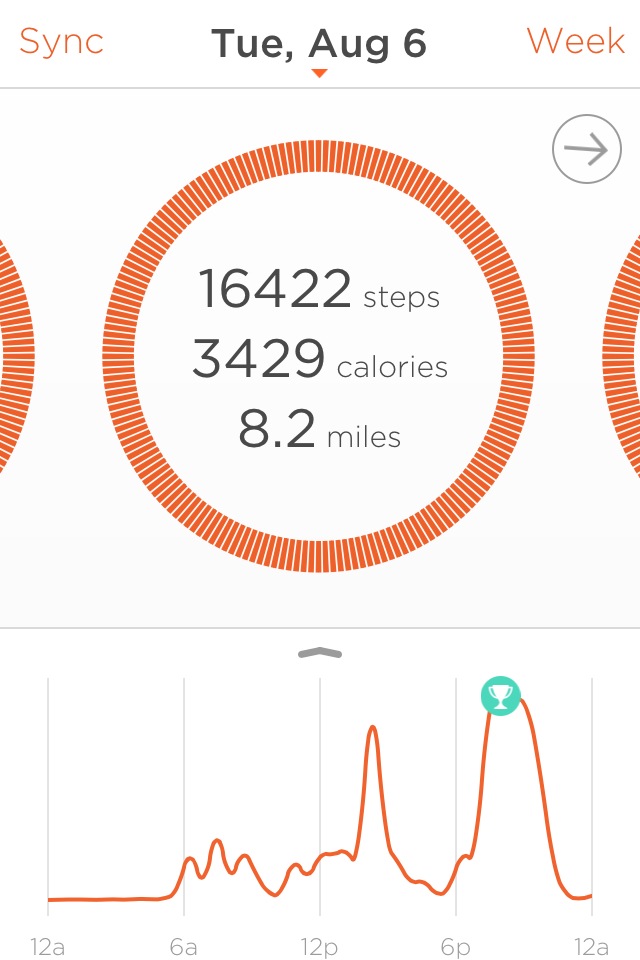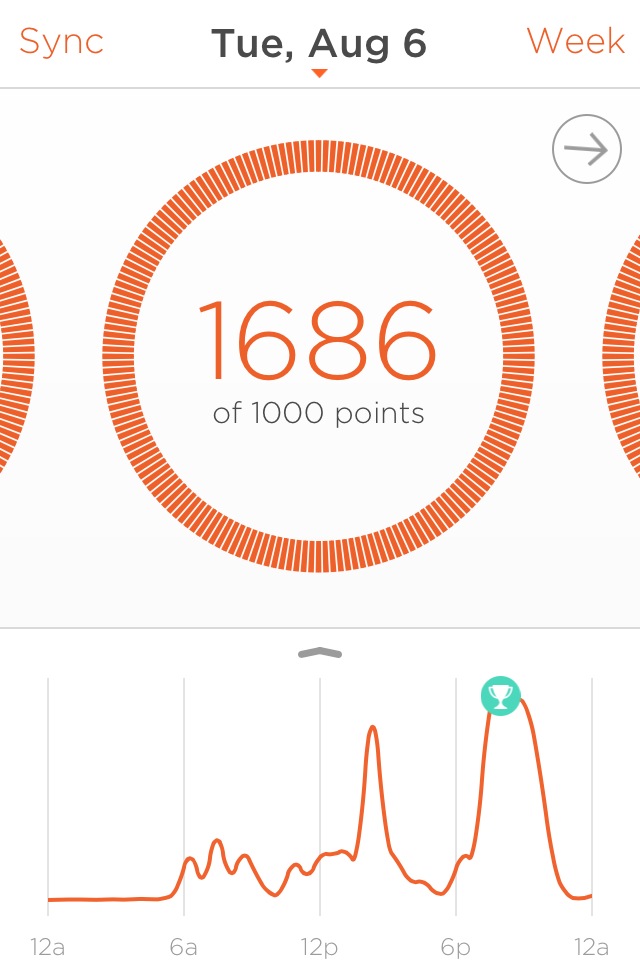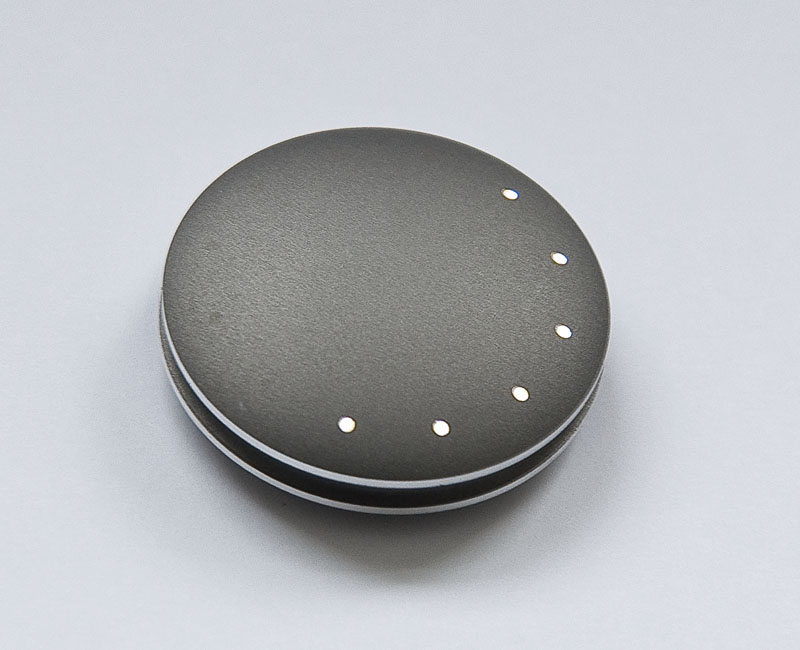The Misfit Shine: Points and Steps
Summary: As far as I can tell, 10 steps = 1 point.
UPDATE: As I didn't (but perhaps should have) known, the Shine App can also just tell you how many steps (it thinks) you have taken. If you tap in the big orange circle for the day:

it expands to show the number of steps it recorded and (based on the height an weight estimates you gave it) an estimate of the number of calories your exertions burned and the distance travelled.

As you can see, it isn't exactly 10 steps = 1 points, but it's close (in this case 1686 points for 16422 steps). So I guess it's adjusting for something else. I'll do another post with a summary table
As discussed in my last piece, I got the beautiful Misfit Shine Activity Tracker and have been happily using it.
When you set it up, you need to choose a daily target number of points. You get points for movement, but it doesn’t really tell you anything about the scale. It suggests three levels, which (from memory) were 600, 1000 and 1600, and it described these with fuzzy terms that were something like “kinda active”, “active” and “super active”. I chose 1,000 points.
The obvious question is: how many steps is that, and how does it relate to the widely used recommendation that people do 10,000 steps a day (e.g. the UK National Health Service; according the Horizon episode Monitor Me, this is recognized standard).
Misfit Wearables don’t really tell you, so I thought I’d measure it. I did a short walks around the block three times, taking 1630 steps the first time and 1640 steps the second and third times. (I didn’t have a pedometer handy, and didn’t really want to compare one measurement error against another anyway, so I used a counter app, Tally Counter on the iPhone and counted every 10th step. I walked a few extra steps to make it a multiple of ten each time.) It doesn’t make any difference, but I know my typical stride length is just over a yard so this walk was around a mile (1680 yards). For the first circuit I wore the Shine using the sports band on my right wrist (I was also holding the phone in my right hand and tallying). The second time I used the magnetic clip on my shirt near the neck. The third time I clipped it onto the ticket pocket on my jeans. I synchonized the Shine immediately before going out and immediately upon return.
These are the results:
| Circuit | Start Points | End Points | Points Delta | Steps |
|---|---|---|---|---|
| First (right wrist) | 162 | 325 | 163 | 1630 |
| Second (neck) | 325 | 480 | 155 | 1640 |
| Third (jeans ticket pocket) | 504 | 643 | 139 | 1640 |
The first result seems very strongly to support my guess that they are simply using 1 point for every ten steps and seems to suggest that the Shine is very accurate at detecting steps both on the wrist and on the neck. The second and third ones are slightly off, but still close to that at 10.6 steps and 11.8 steps per point respectively. Obviously I don’t know whether I got lucky the first couple of times, or whether the wrist is a better location, but I still think this data suggests quite strongly that the Shine uses 10 steps = 1 point.
One thing the Shine doesn’t seem to have is a way to export the data (either in processed or raw form) from the phone. As a data analyst, I would definitely interested in getting some kind of data export so that I could look at other things myself. It would be great if Misfit were to add this at some point.
Labels: fitness, measurement, misfit, shine

